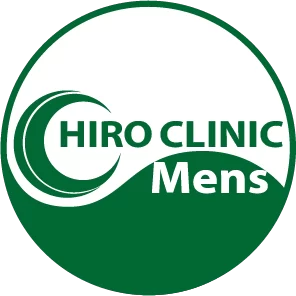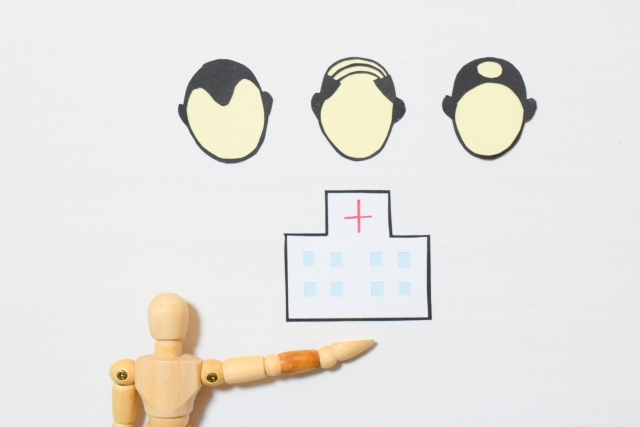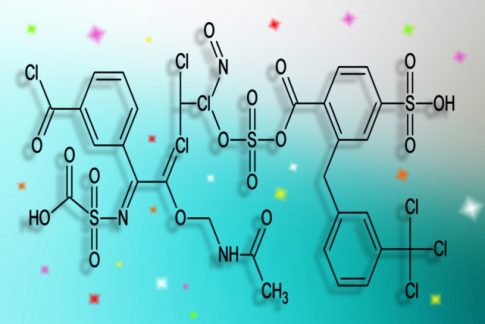Introduction
AGA (androgenetic alopecia) is one of the causes of thinning hair that many men experience. AGA progresses with age, and its symptoms and treatment approaches vary by age. This article provides a detailed explanation of the characteristics of AGA in each age group and the treatment approaches appropriate for each age group.
AGA treatment approach for people in their 20s
Features
If AGA begins in your 20s, symptoms often appear relatively early. Hair becomes thinner, and thinning progresses from the front and top of the head.
Treatment approach
Early detection and prevention
If you notice signs of AGA in your 20s, it is important to see a specialist as soon as possible. Early detection is very effective in slowing progression.
Use of oral medications
Oral medications such as finasteride and dutasteride suppress the production of DHT and slow the progression of hair loss.
Use of topical medications
Topical medications containing minoxidil can be applied directly to the scalp to increase blood circulation and stimulate hair growth.
Improving lifestyle habits
Keep your hair healthy by eating a balanced diet, getting enough sleep, and getting regular exercise.
AGA treatment approach for people in their 30s
Features
When you reach your 30s, the symptoms of AGA may begin to progress and thinning hair may become noticeable. At this age, stress from work and family is also more likely to affect children.
Treatment approach
continuous treatment
If you started treatment in your 20s, you will continue to take oral and topical medications.
stress management
Stress has a big impact on AGA, so find ways to reduce stress, such as relaxation techniques and time for hobbies.
Regular examination by a specialist
You will have regular check-ups with a specialist to monitor the effectiveness of your treatment and review your treatment if necessary.
Use of supplements
Support your hair health by taking supplements such as zinc, B vitamins, and omega-3 fatty acids.
AGA treatment approach for people in their 40s
Features
In your 40s, AGA progresses further and hair thinning often becomes noticeable. At this age, hair volume may decrease and the scalp may become visible.
Treatment approach
Introduction of advanced treatments
In addition to oral and topical medications, we will consider advanced treatments such as laser therapy and PRP (autologous platelet-rich plasma) therapy.
hair transplant surgery
Hair transplant surgery is an effective option for treating AGA after the age of 40. By transplanting your own hair, you can expect a natural-looking result.
Review of lifestyle habits
This is the age when it is necessary to prevent and improve lifestyle-related diseases. Make sure you eat a healthy diet, exercise regularly, and get enough sleep.
Review of hair care products
Use a scalp-friendly shampoo and conditioner to prepare the scalp environment.
AGA treatment approach for people over 50
Features
After the age of 50, AGA progresses further and hair density decreases significantly. At this age, it is important to consider your overall health when proceeding with treatment.
Treatment approach
comprehensive treatment plan
We create a treatment plan that combines a multifaceted approach, including oral medications, topical medications, and hair transplant surgery.
health management
If you have pre-existing conditions such as high blood pressure, diabetes, or heart disease, managing them is also important in AGA treatment.
Use of counseling
To alleviate hair concerns and anxiety about treatment, it is effective to receive support from a professional counselor or psychotherapist.
Combination of natural remedies
We incorporate natural treatments such as herbal therapy, aromatherapy, and scalp massage to promote relaxation and hair health.
Summary
AGA progresses with age, and treatment approaches vary depending on age. Early detection and prevention are important for those in their 20s, and stress management and ongoing treatment are required for those in their 30s. In your 40s, consider advanced treatments and hair transplant surgery, and in your 50s and beyond, you need a comprehensive treatment plan and health management. By understanding the treatment approach appropriate for each age group and taking appropriate measures, it is possible to suppress the progression of AGA and maintain healthy hair.
I hope that many men suffering from AGA can find a treatment that is appropriate for their age group and manage it effectively. Through appropriate treatment and lifestyle changes, you can alleviate the worries of thinning hair and regain your confidence.










